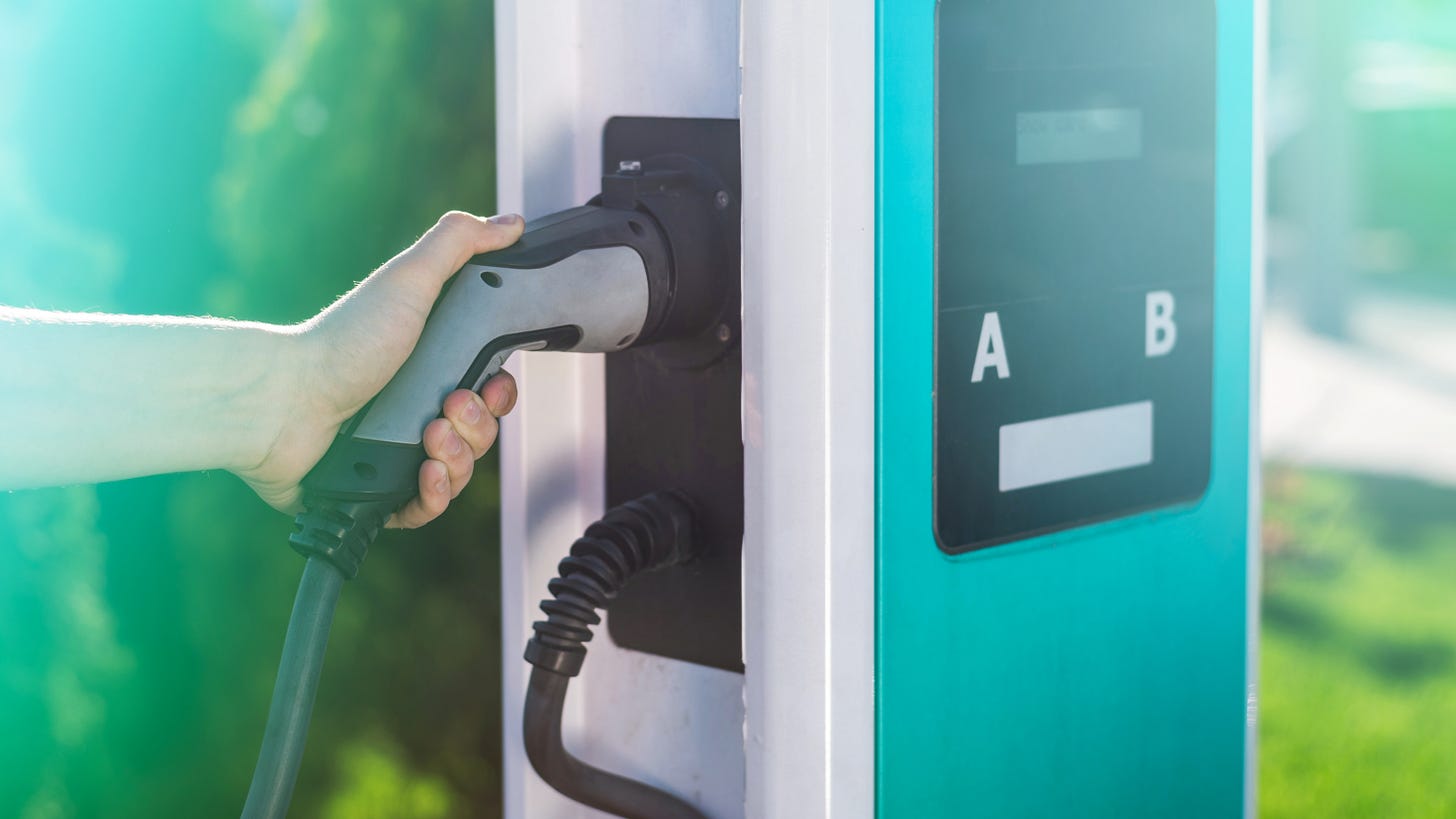The Electric Evolution
Two-Wheelers Leading the Way to a Greener Tomorrow 🌍
Hey there! Today, I want to share some exciting news about a significant shift in the world of transportation, and how it's impacting businesses across the globe. While it's not hot off the oven, it may be something for your thoughts. So sit back and enjoy the ride!
🌟Electric Two-Wheelers - The New Frontiers of Sustainability 🌟
In a world where the race for sustainability is accelerating, electric vehicles have stolen the limelight, with giants like Tesla and BYD dominating headlines. But here's the plot twist: it's not just four-wheelers that are electrifying our future!
Having grew up in Malaysia, motorcycles are an integral part of everyday life in the region. From bustling streets to the serene countryside, you'll spot them everywhere, and they've even given rise to a billion-dollar company in Indonesia, Gojek. These two-wheeled wonders have become synonymous with Southeast Asia, featuring in travel recommendations like the iconic tuktuk. So, it was only a matter of time before electrification reached this ubiquitous mode of transport.
With advancements in battery technology making the transition easier than ever, electric two-wheelers are revving up for a greener future. What's even more remarkable is that these nimble machines contribute a significant 30% to global mobility, making their electrification a game-changer in reducing carbon emissions. And the impact is poised to be even more profound in regions like Southeast Asia, where motorcycle sales reached a staggering 45 million units in 2021.
🌐 Ecosystem: Challenges to Electric Two-Wheeler Success 🌐
To make it big in this electrifying industry, the need to ensure that users can recharge their batteries as easily as ICE users refuel their tanks is paramount. Here's where the tough decisions come into play: swapping, charging on the go, or home charging? Each option has its pros and cons, and the correct choice can make or break a player's success in this space.

🔁 Swapping vs. Charging On-the-Go vs. Home Charging: The Big Dilemma
Swapping: It offers instant use of the bike, but it brings added complexities with battery ownership.
Charging On-the-Go: A simpler option, but riders have to wait while charging.
Home Charging: The cheaper option, but it's slower.
The crucial factor in this decision-making process is to cater to the targeted end-user needs. For instance, some companies are targeting B2B fleets and the ridesharing segment, opting for a swap model to provide speed and convenience to riders. On the flip side, others are focusing on the private-consumer market, offering home and public fast-charging options.
In conclusion, the electrification of two-wheelers isn't just about going green; it's a transformation that's impacting businesses, creating opportunities, and reshaping the future of transportation. With sustainability at the forefront, this evolution is one that promises to benefit us all in the long run.
So, buckle up, folks! The future of two-wheelers is electrifying, and it's going to be an incredible ride towards a cleaner, greener, and more sustainable world.
Stay tuned for more exciting updates, and as always, feel free to reach out if you have any questions or want to discuss this electrifying journey further.

